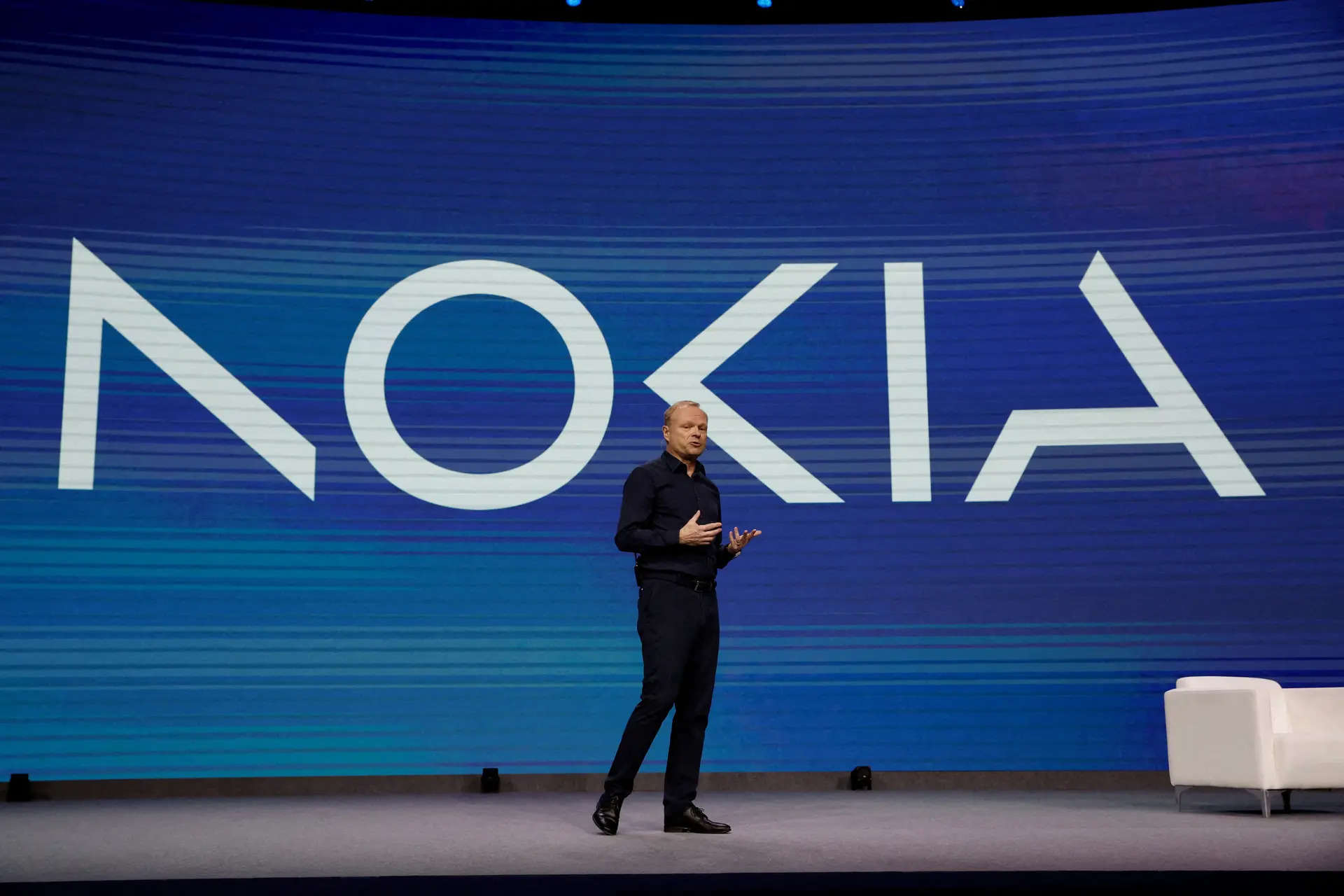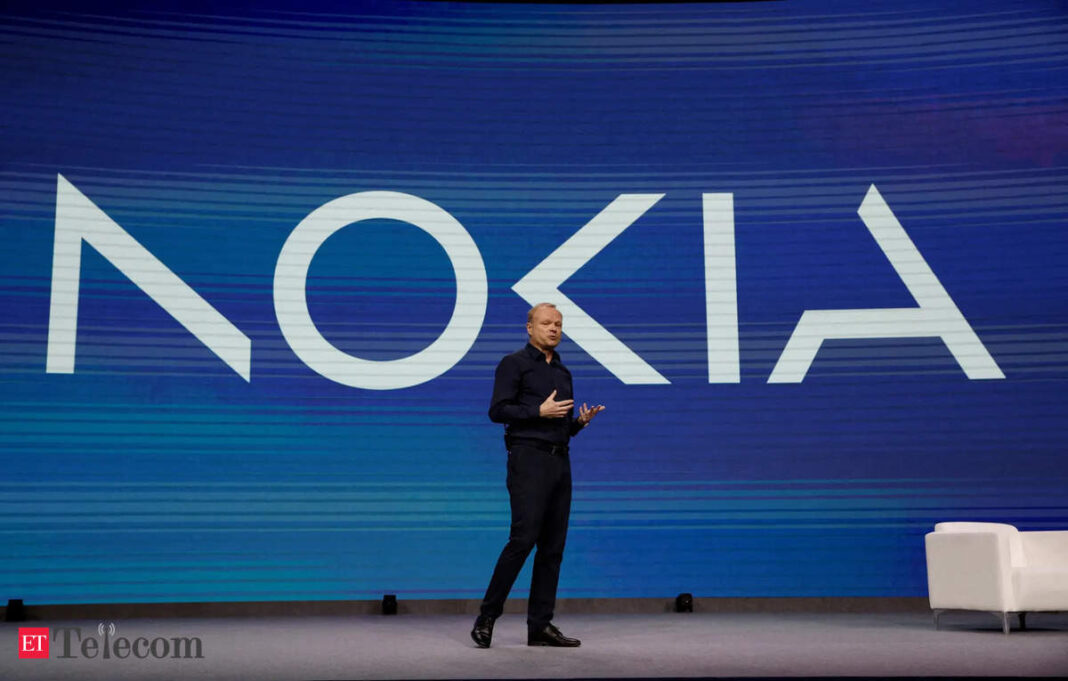In Short:
Nokia’s $2.3 billion acquisition of Infinera is expected to be completed by May or June 2025, enhancing its optical networking capabilities. This merger aims to benefit mobile operators and hyperscalers, helping Nokia expand its Optical Networks business amid declining sales. Together, they will create a stronger, more innovative company positioned for growth, especially in AI-driven data centers.

Nokia, the Finnish telecom gear manufacturer, is set to finalize its $2.3 billion acquisition of Infinera by May or June 2025. A senior executive from Infinera stated that this merger aims to deliver a robust value proposition in the optical networking domain for mobile operators and hyperscaler clients.
Acquisition Process and Benefits
The transaction is currently undergoing various approval processes, with both companies continuing to operate as standalone entities. Vikram Anand, Vice President of Sales at Infinera, mentioned, “The date given to us is somewhere around May or June 2025. The closing of the deal depends on the pace of the approval processes.”
Anand expressed optimism about the potential benefits for customers, stating, “The opportunities for us would span across the service provider and the hyperscaler space. A lot of activity is happening around different networks, including managed optical fiber networks. Both companies together will create a strong value proposition for hyperscalers and service providers.”
Strategic Merits of the Deal
The acquisition involves a transaction price of $6.65 per share for Infinera, translating to an enterprise value of $2.3 billion. This strategic move is aimed at significantly enhancing Nokia’s Optical Networks business amidst a global deceleration in fifth-generation (5G) network expansions and a downturn in capital expenditure (CapEx) for network equipment, which has adversely affected its Mobile Networks division.
Nokia anticipates that this acquisition will expedite its journey towards achieving a double-digit operating margin in its Optical Networks business and aims for 200 million euros in net comparable operating profit synergies by 2027.
Current Performance Metrics
In its most recent quarter, Nokia’s Optical Networks sales plummeted by 17% year-on-year, amounting to 366 million euros, down from 439 million euros in the same period last year. The company attributed this decline to a slower recovery in the market compared to other sectors within Network Infrastructure.
Pekka Lundmark, President and CEO of Nokia, remarked that the combined entity will be well-positioned for future growth, particularly in AI-driven data center opportunities. “The Infinera deal will significantly increase our exposure also in the optical side, enhancing our role in the data center fabric,” he stated during a recent earnings call.
Product Portfolios and Future Outlook
Nokia’s optical network portfolio includes core optical transport, access, metro transport, optical engines, subsea solutions, and automation for optical networks. Conversely, Infinera specializes in packet optical networks, intelligent coherent pluggables, intra-data center optics, and optical semiconductors.
Moreover, in the same quarter, Nokia announced the impending sale of Alcatel Submarine Networks (ASN) to the French state for 350 million euros (approximately $374 million), anticipated to close by the end of 2024 or early 2025.
Infinera reported a revenue of $342.7 million in the second quarter of 2024, reflecting a rise from $306.9 million in the previous quarter but a decline from $376.2 million in the same quarter last year. The company concluded the quarter with a cash balance of $115.7 million.
David Heard, CEO of Infinera, expressed enthusiasm for the merger, stating, “Customers see value in accelerating the pace of innovation to lower both the cost per bit and power per bit required to keep up with the capacity demands fueled by high-bandwidth applications, including AI.”
The merger promises to create a business with a broader portfolio, enhanced scale, and extended geographic reach, leveraging vertically integrated optical semiconductor technologies developed in the United States.





